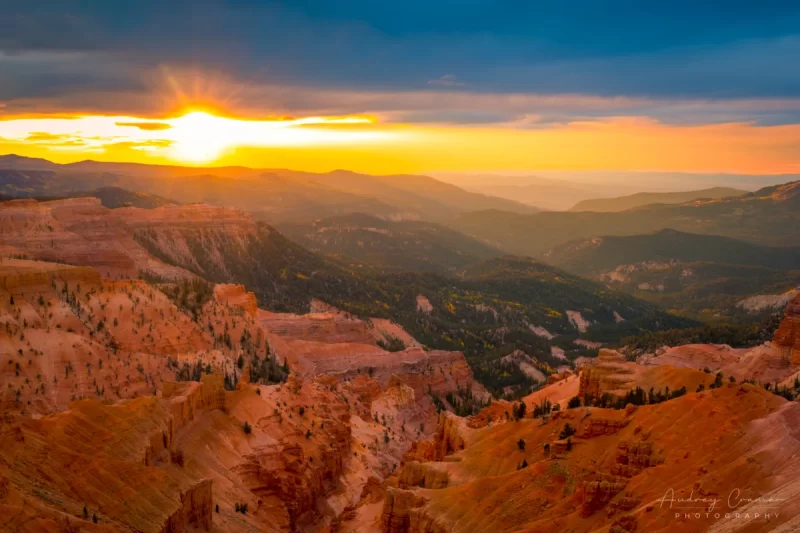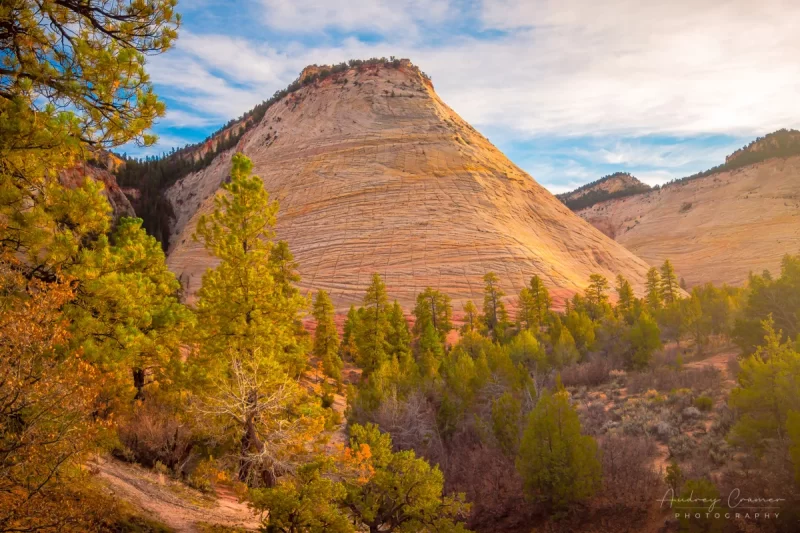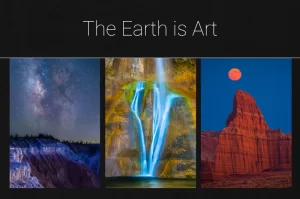People often say that “a picture is worth a thousand words.” There is some real truth to that statement. Words often fail utterly and completely to describe what the eyes can see. When I want someone else to have the same visual experience that I did, I show a photo. I cannot ever describe what I saw completely nor accurately enough for them to see it themselves. So, I solve this problem using the medium of photography. Now, let’s talk about the story photography tells when words utterly fail.
I find this quote particularly applicable to this sentiment.
“Photography is the story I fail to put into words.”
-Destin Sparks
My Perspective
I do like to tell a story with my photography. So, when I want you to understand what my experience visiting some tourist location was like, I take my camera and photograph what I consider to be the most important sights. Then I show you the story of what I did and what I saw through the pictures I took. Only then can you truly understand the experience I want to share with you.
When I want something truly memorable and descriptive, I take a picture of myself in the frame with whatever has caught my eye. Then you, the viewer, get an idea of the true size and scale of what I went to see. The comparison is what really gives you the idea of what I saw. My photography tells that story to you.
The Human Perspective
Cameras are the obvious and indispensable tool necessary for those photographic stories and documentaries we crave as human beings. Without them, or some extremely talented artist’s rendering, we’re left with only our imaginations to fill in the gaping blanks and holes in the stories we hear.
The human imagination is a powerful instrument in the our inventive and creative arsenal but there is little it can do to see what something really looks like. Often, it will create an idealized version of what you think something should look like, especially without some kind of reference. Should you ever go see the location, you may find yourself disappointed by the sights which meet your eyes.
Very simply, there are not words powerful enough to describe the beauty and majesty of a dramatic sunset, a towering waterfall, or a colorful double rainbow. You cannot summarize an angry political protest in a series of written paragraphs no matter how concrete or specific the wording. No one can get the full idea of the devastation of a natural disaster or the joy of a newborn child without a photograph to show you what it really looks like.
Even more difficult to tell about are experiences which cannot happen again. The location may remain but the people don’t and neither do the decorations nor the conditions of the event. The description of a cold, windy, and rainy day of a demonstration cannot adequately convey just how miserable it was like a picture can. Nor can we give a pleasantly hot and sunny day at the beach or a water park justice with only verbal language to share the experience with others. It doesn’t matter how eloquent or poetic the speaker is.
The Camera’s Part in the Story
Our cameras allow us to capture the moment and to share the exquisite yet unspeakable details with others. The fully immersive experience is more available to others if we want to share it with them. Lights, colors, patterns and much more are not lost to those listening to the story. The audience can actually see what is being described right before their eyes.
We’d find it difficult to tell the beautiful and touching story of an engagement or a wedding without photos to supplement the tale. The same goes for a young family with growing children. We may reclaim moments which we would otherwise lose forever though the photographs we take and keep. Connections we may make with the past would not happen otherwise. This is why photos are so prized.
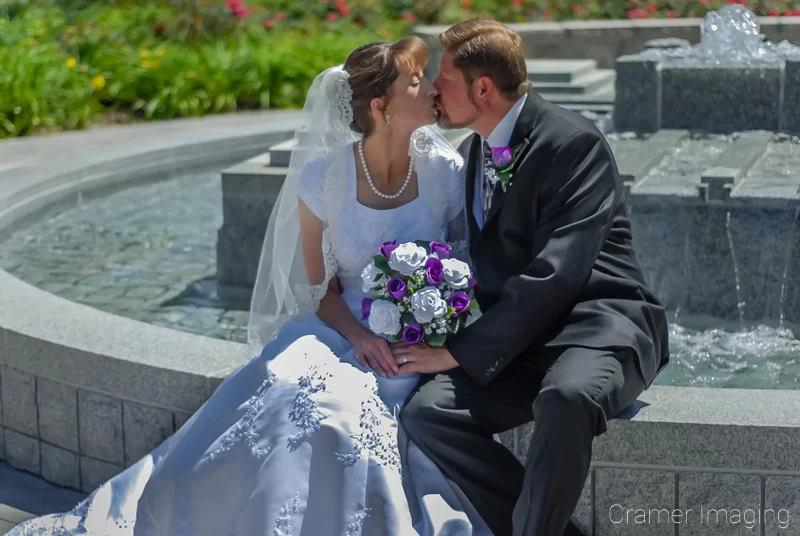
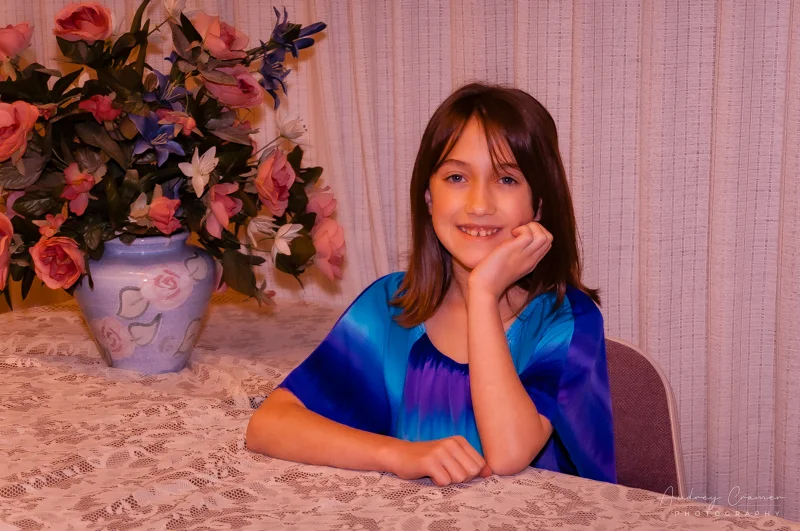
Words can evoke powerful emotions in us but only when combined our imaginations or the real life images we see in front of us. There is something so inescapably concrete about a photograph. With one, we can fully see and feel the experience with others even years after the event has transpired. Using a camera, we preserve certain important but subtle nuances of human curiosity and communication for all time.
With the camera and computer in our arsenal of communication tools, we deepen information available to our audience. We generate added interest and focus on our tales. We bridge the gaps left by mere words alone. In essence, we “complete the picture” for others to enjoy with us.
Conclusion
If you have a story you want to preserve, such as a family vacation, then check out our online store to see what popular vacation spot photos we offer. Since there’s more than one way to preserve memories and tell a story with photography, check it out.



